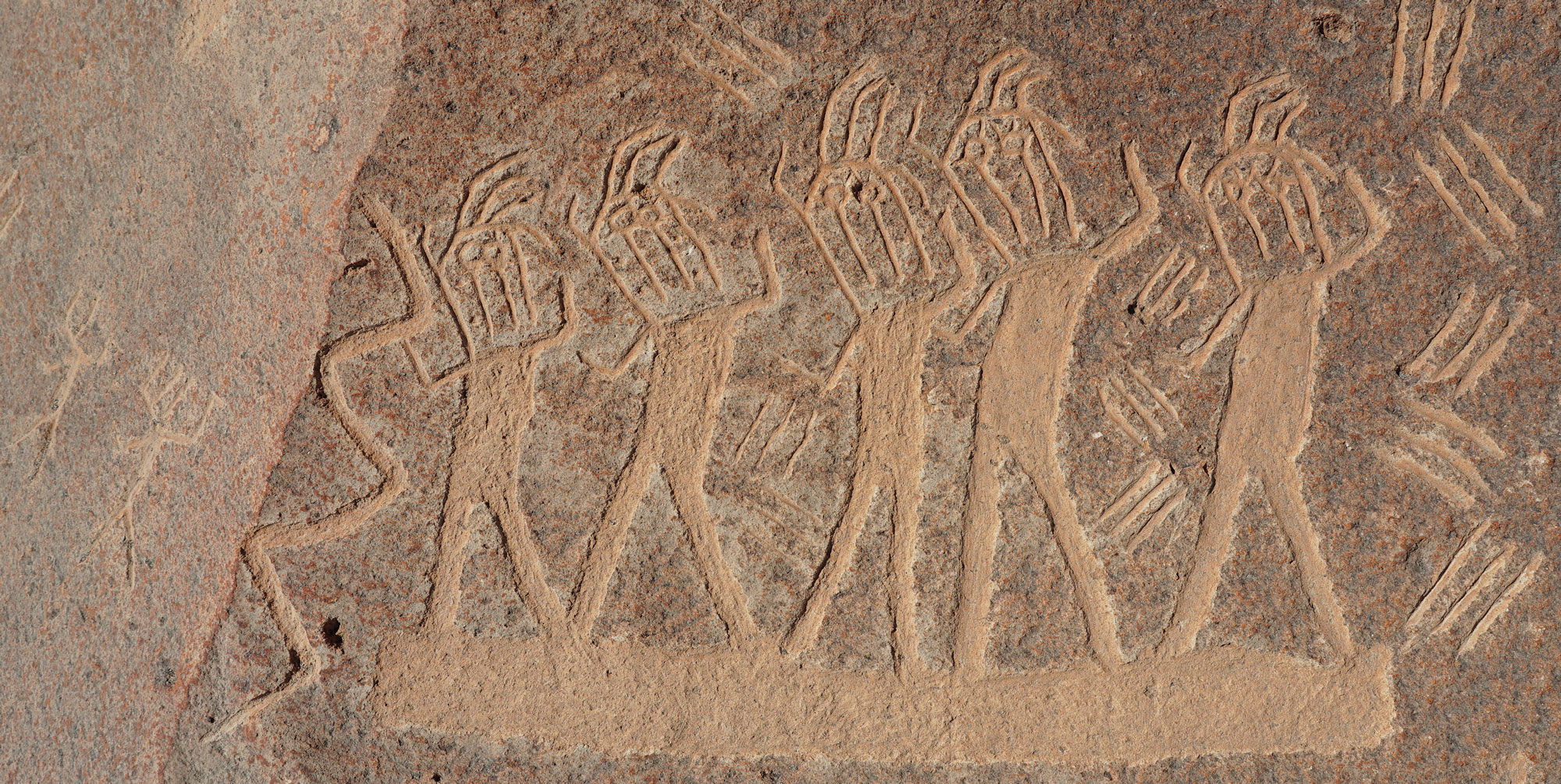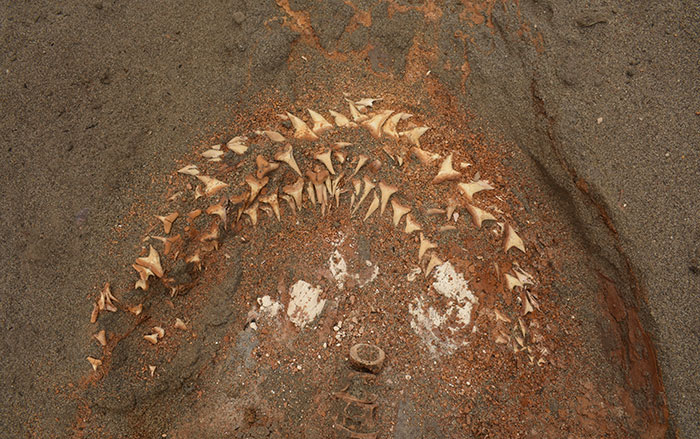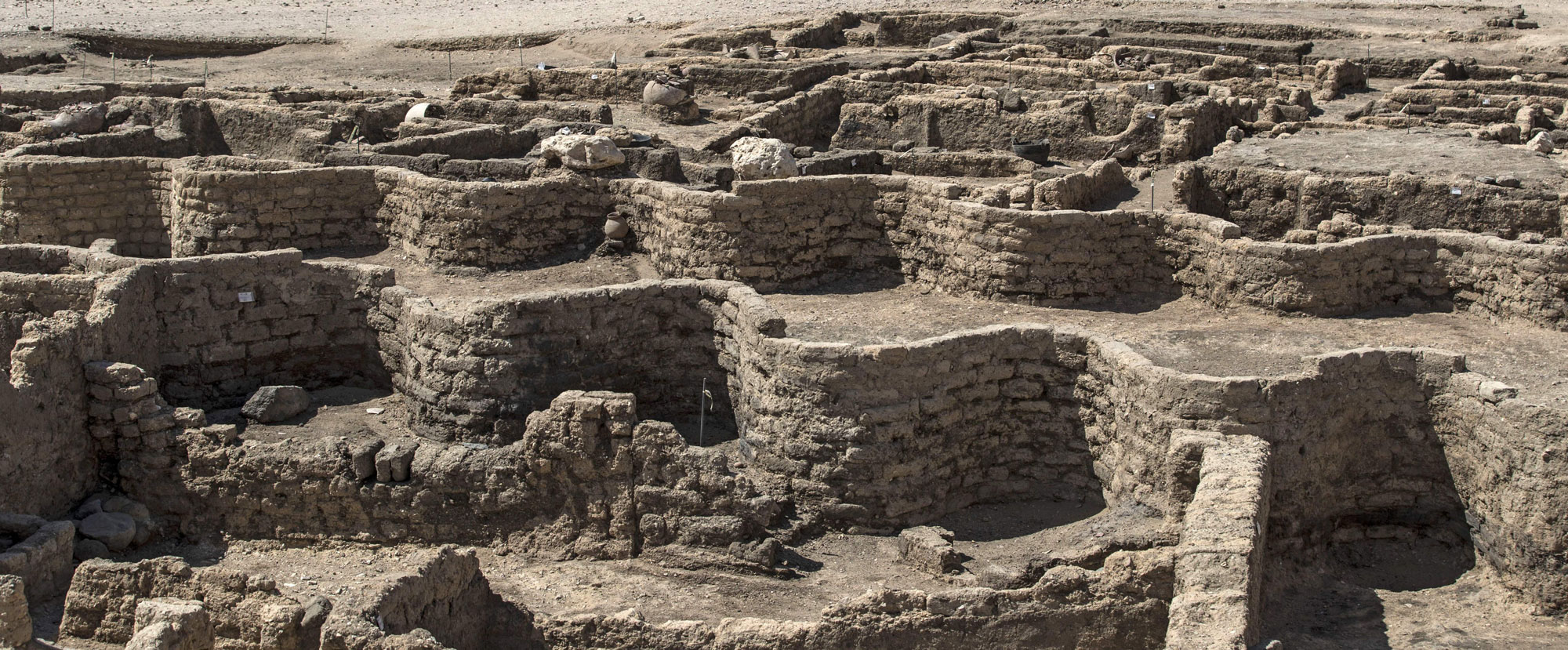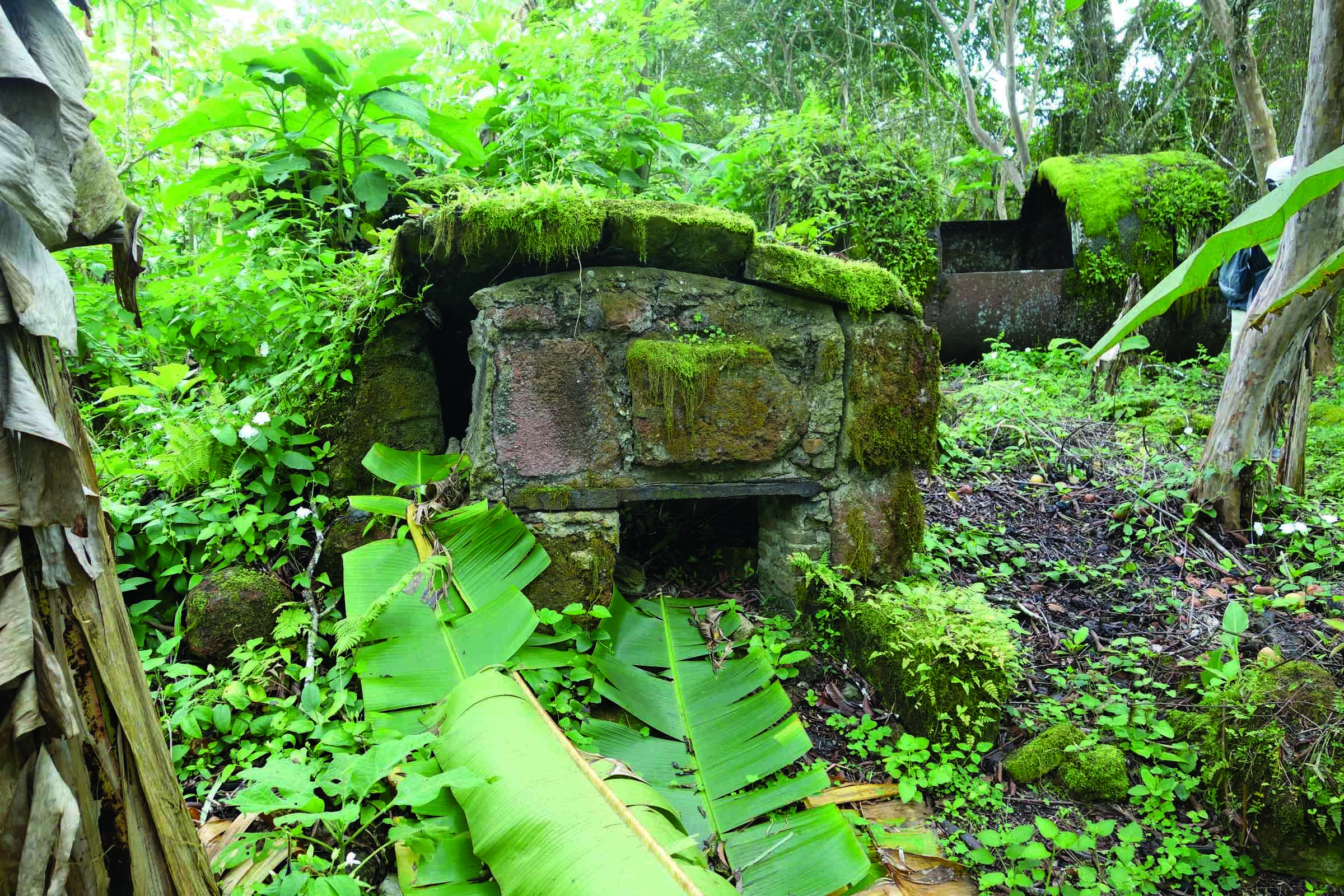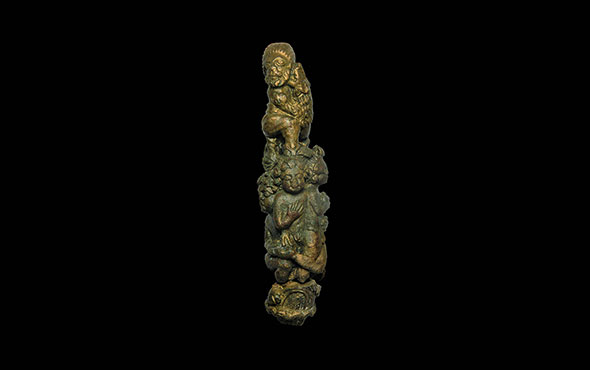
LEIPZIG, GERMANY—According to a statement released by the Max Planck Institute for Evolutionary Anthropology, evidence of tuberculosis has been detected in the remains of an additional three individuals who lived in South America before the arrival of Europeans. In 2014, researchers from the University of Tübingen and Arizona State University found evidence of the infection in remains unearthed in southern coastal Peru. Today, this strain of the pathogen is usually found in marine mammals such as seals and sea lions, and researchers thought the disease may have spread through contact between humans and infected seals. Researcher Kirsten Bos and her colleagues have now detected the same now-rare strain of tuberculosis in three sets of human remains from inland archaeological sites—two of them in the highlands of the Colombian Andes. Bos thinks that all three of these people are unlikely to have come in contact with infected seals. This variant may have once traveled over land along trade routes with humans, or perhaps with other mammalian species, explained team members Åshild Vågene and Tanvi Honap. Looking for signs of tuberculosis in animal remains from the period may help scientists figure out how the disease was transmitted. Read the original scholarly article about this research in Nature Communications. For more on the spread of tuberculosis to the Americas, go to "Across the Atlantic by Flipper."



